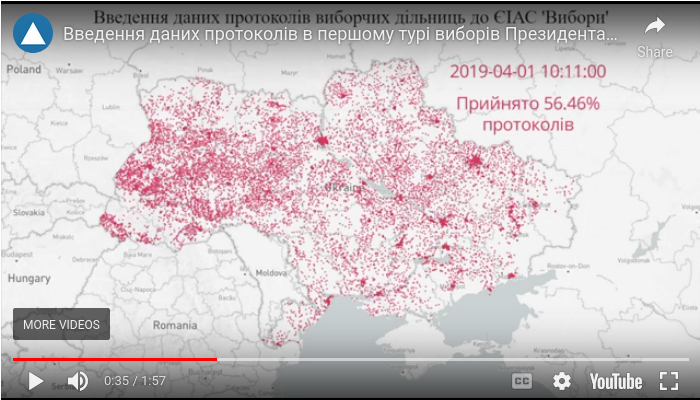Open Election Data and Disinfo

OED and Disinfo Academy. August 1-4. Warsaw
Workshop materials and links are hosted here.
Contents
- OPORA Works
- Exersices and Data
– Open Data Cases
—- Case 1. Party Donors
—- Case 2. DEC members
—- Case 3. DEC gender and age
—- Case 4. Technical candidates - smth else
OPORA Works
Map of Local Communities Borders and Districts

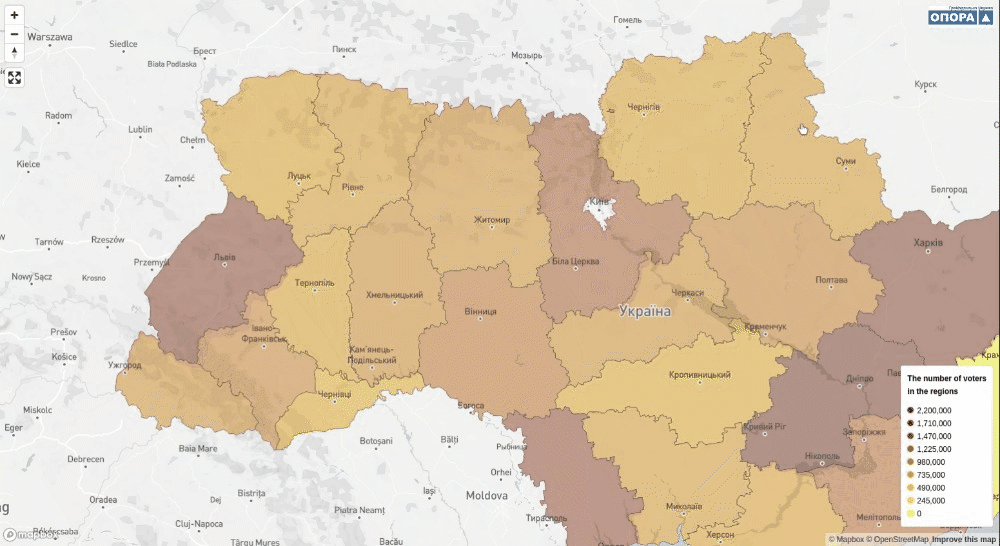
Example of what you could learn about each community 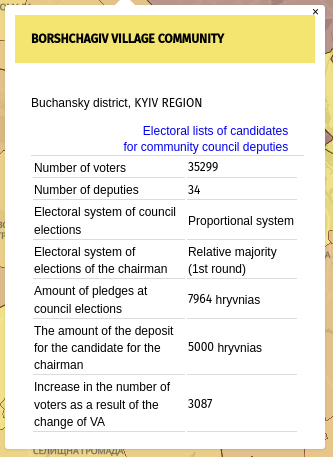
Precint Protocols Transcriber Tool
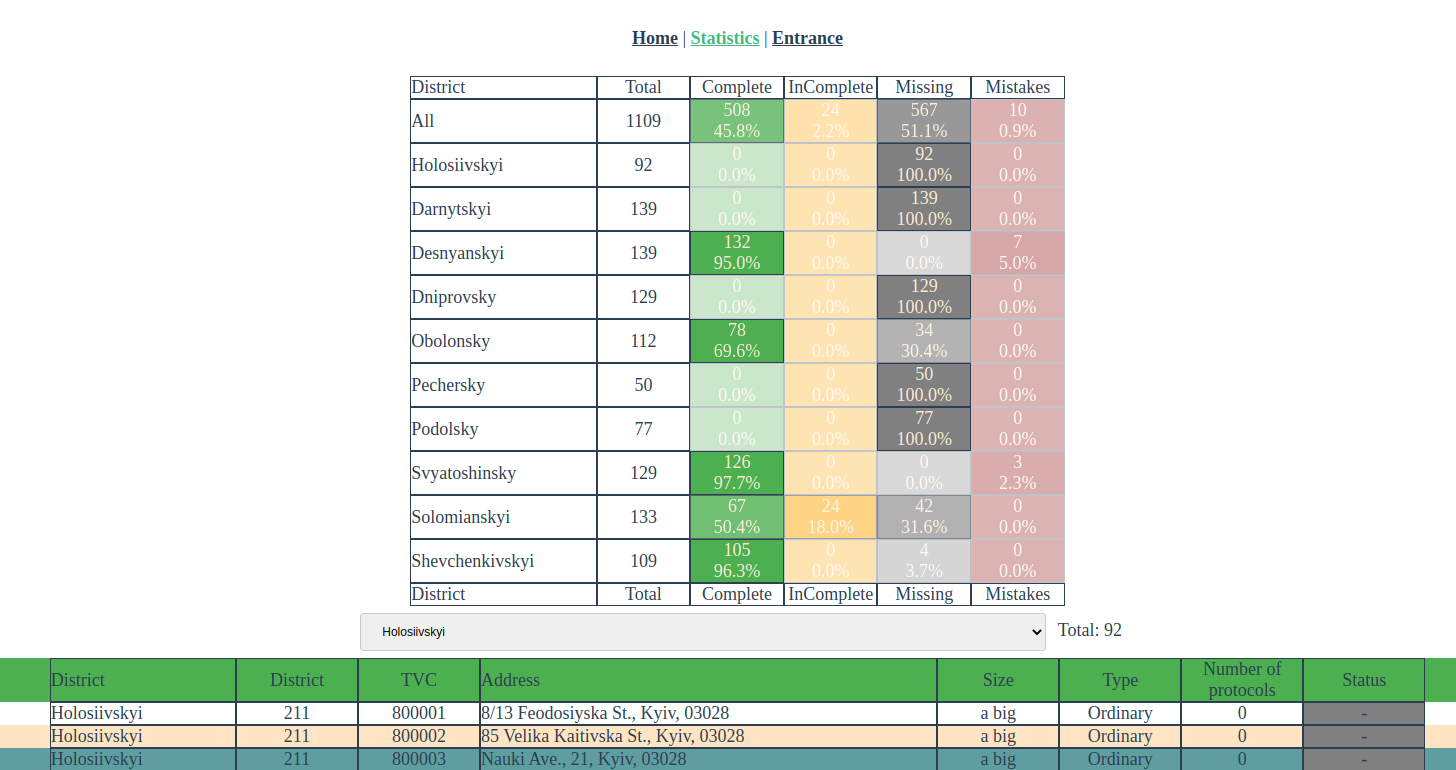
PEC/DEC Protocol Verification Tool
Step 1. Data entry 
Step 2. Compare results 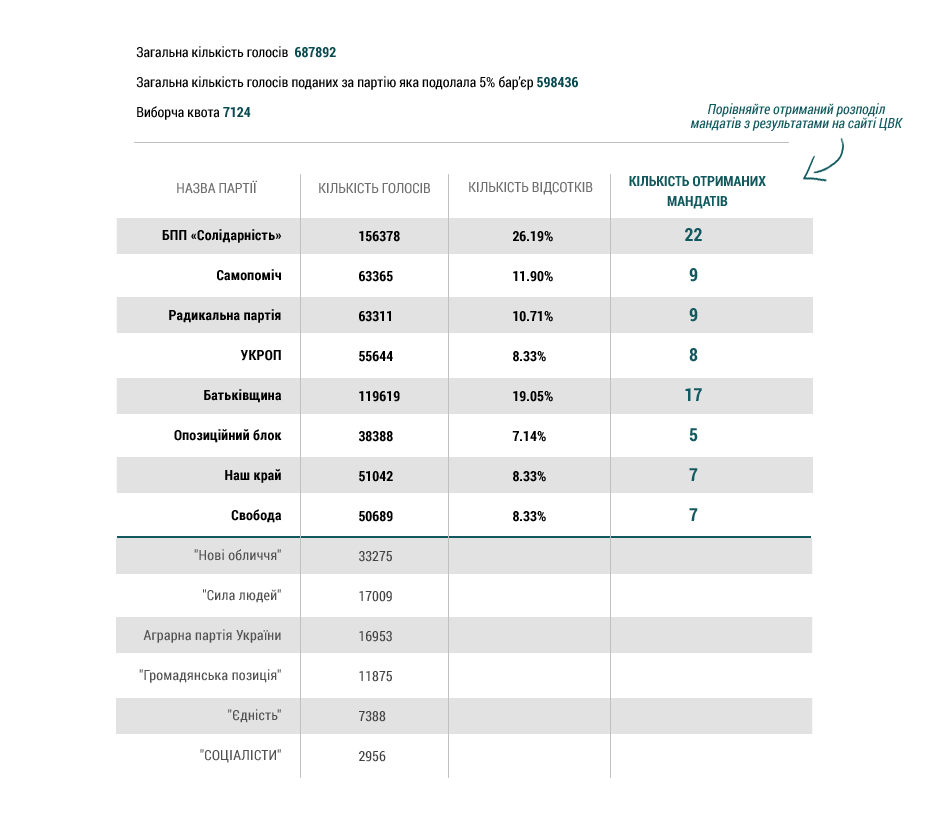
Duplicate Entries Analysis
text description (UA)
Search by DEC member names
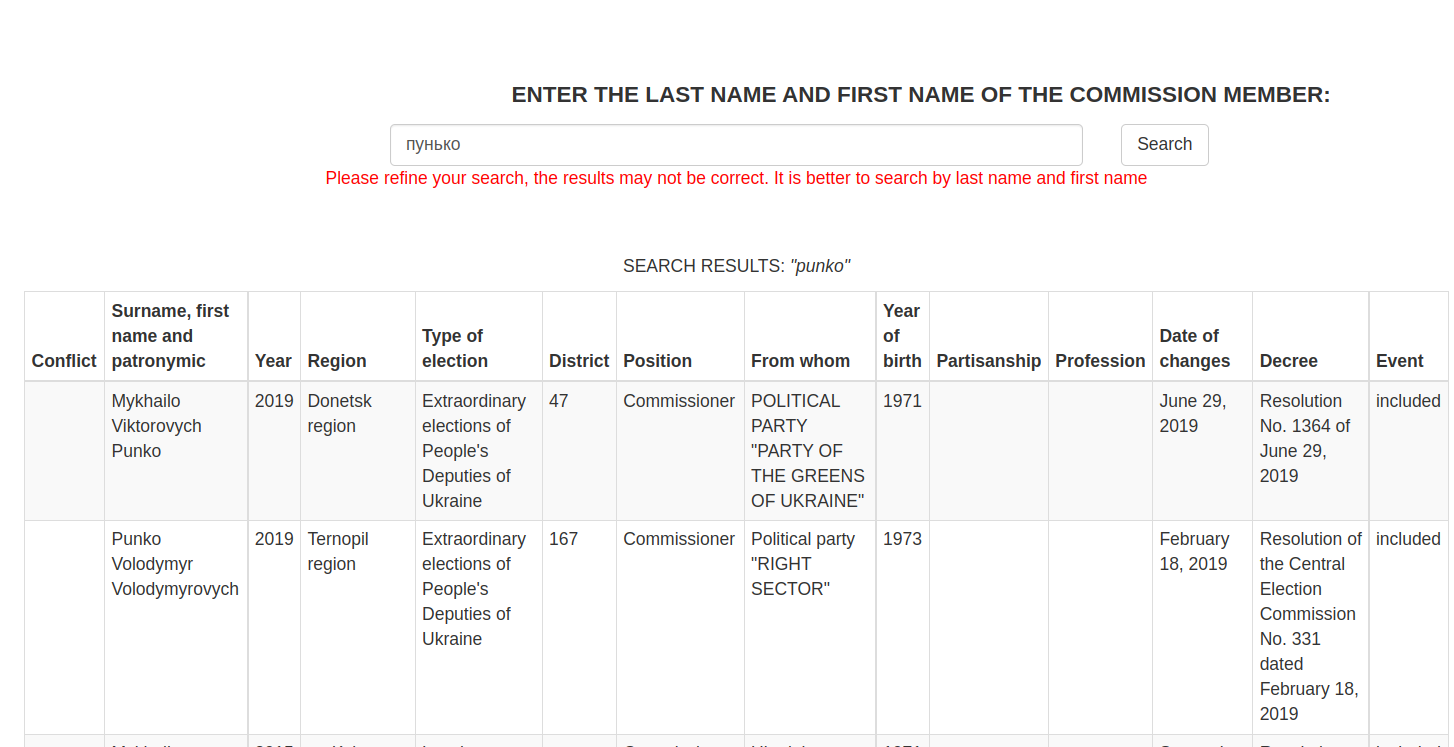
Open Data Portal (closed due to a war)
Various mobile apps (closed, disconnected, burnt)
Exercises and Data
Open Data cases
Case 1
(Donors who donated to the parties/candidates’ electoral fund at local elections)
It was the first time at 2020 local elections when financial reports of candidates and parties were submitted to local territorial election commissions (TECs). That was a huge step forward compared to local elections 2015.
Before that, in 2015, OPORA observers had to visit the commission or archives and take photos there, which they had to digitize afterwards. As a result, during the last local elections, we spent 230 hours digitizing data from the financial reports just to get data at the level of regional councils. We had almost six thousand files with a total size of 8.97 GB.
Central Election Commision’s Resolution No. 324 as of October 1, 2020 stipulates that political parties and candidates shall submit financial reports in MS-Word format and their scanned copies. It also envisages that TECs place files with these reports at their (or councils’) websites.
Attention of the civil society to candidates’ and parties’ financial reports also made the CEC come up with a special information system with all data inserted in the XML format. This data contains personal information, amount and source of money donated.
A lot of pictures can be found here
Donors by age. What this grouping means? 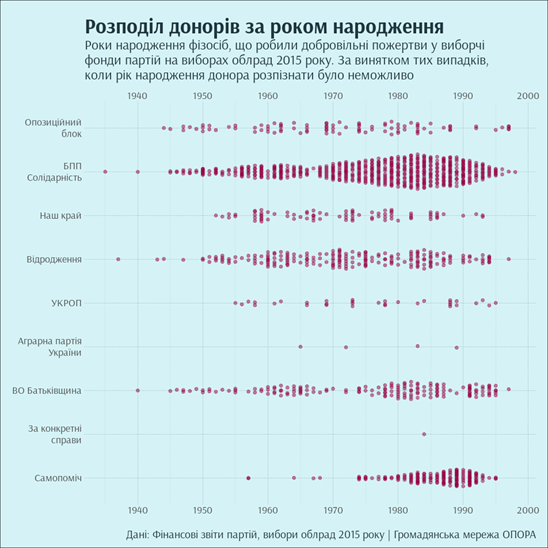
Donations by size, UAH. What does these bold lines mean? 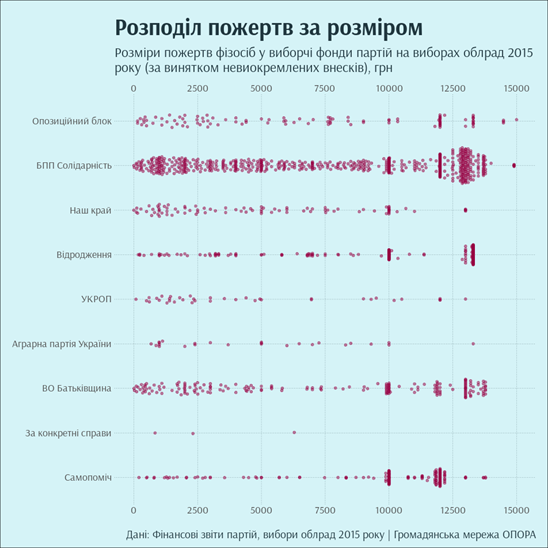
Questions:
- How did open data contribute to free and fair elections in this particular case?\
- How did open data help monitor and analyze elections?\
- Are financial reports available in OD format in your countries?
Case 2
(District election commission members)
The district election commission (DEC) organizes elections in a specific district which contains 170 000 voters. For each campaign, parties or candidates can nominate their candidates to the DECs. Commissions play a crucial role in local and parliamentary elections because they define who wins in the district. Therefore, each party/candidate wants to have “their” DEC members or even form a majority.
Sometimes smaller parties nominate candidates to the DECs just to stake out the seat because the DEC members can be replaced by other people allegedly linked to a bigger party or a strong candidate interested in gathering the majority of votes. Such parties or candidates can be called “technical”.
This information is published on the CEC website as html tables but only for the current members of the DEC.
Unlike the presidential elections, where district election commissions are formed based on the submissions of presidential candidates, in extraordinary parliamentary elections, only factions of the Verkhovna Rada (the Parliament) and parties that participated in the previous elections have the right to delegate their representative to the DECs. All newly created parties participating in election races and candidates in single-mandate constituencies were deprived of the right to staff commissions. And this is where technical parties came into the game.
On May 31, 2014 the Central Election Commission formed 199 district election commissions consisting of 3,852 members based on the submissions of 6 parliamentary factions and 25 of the 29 parties that participated in the extraordinary elections to the Parliament in 2014. We matched them with all members of the DEC participating in the presidential elections and found 1,356 matches by name, district, and date of birth. In the infographic, we depicted the transitions of the DEC members from the presidential to the parliamentary elections.
What these migrations could mean? 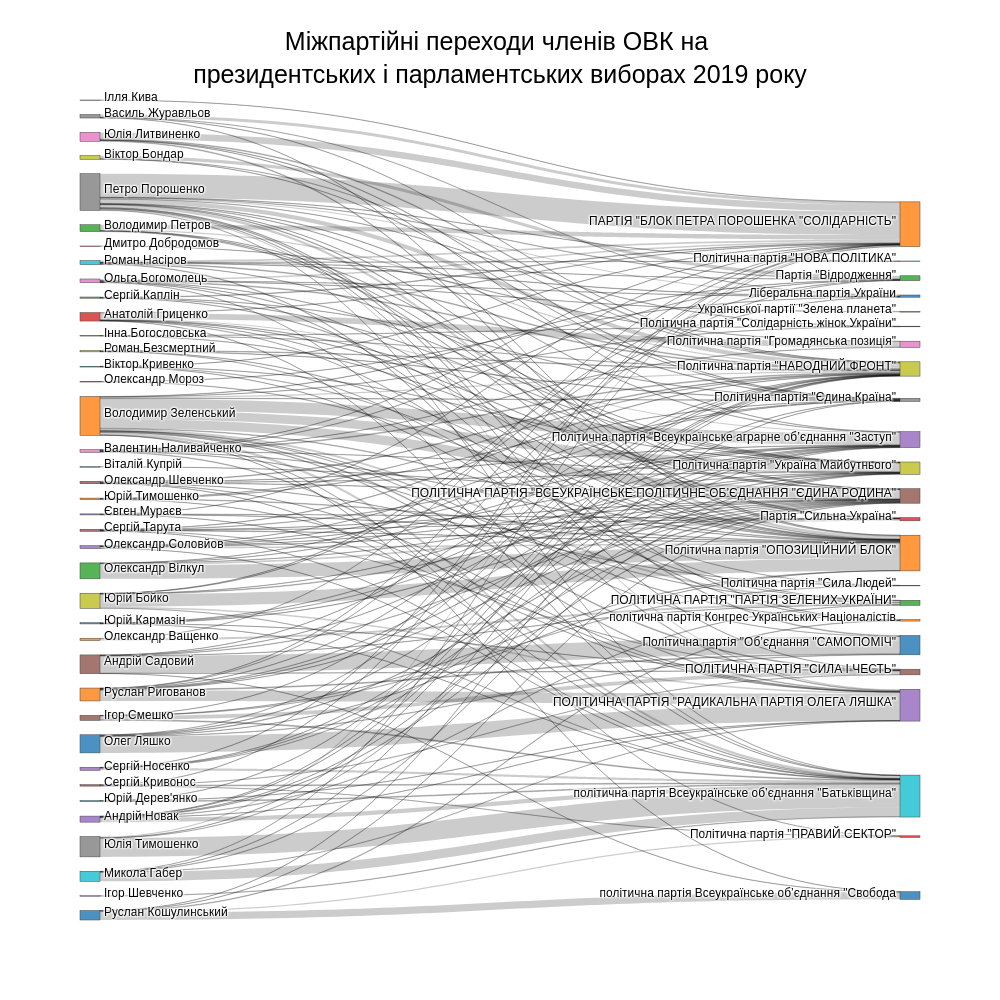
Questions:
- How did open data contribute to free and fair elections in this particular case?\
- How did open data help monitor and analyze elections?\
- Is data on commission members available in OD format in your country?
Case 3
(DEC gender balance and experience)
The Central Election Commission has formed 199 district election commissions (before legally established deadline of 31 May 2019) for extraordinary parliamentary elections, scheduled for 21 July 2019.
Major powers of DECs are the following: defining of voting results in a single-mandate district, formation of temporary special polling stations (hospitals and prisons), registration of official observers, declaring elections invalid at a polling station (in some cases).
Political parties, which have parliamentary factions in the Verkhovna Rada of current convocation, and political parties of candidates for MPs in a nationwide election district during the latest parliamentary election, could submit their nominees to DEC and staff them with their people.
Each party could nominate one candidate to each district election commission. Candidates from parties with parliamentary factions were included in district election commissions automatically. Candidates from other subjects were included in the DEC via staffing lottery. Thus, parliamentary parties (factions) could get 2 representatives in the certain DECs - one automatically and another one if succeeded in drawing the lots.
All 6 parties with parliamentary factions, as well as 25 of 29 parties, which have had their candidates registered in the nationwide multi-mandate election district for 26 October 2014 early parliamentary elections, used their right to submit nominees to DECs.
All district election commissions were formed in maximum membership (18 persons), comprising 3,582 persons in total.
We had to dig through Word documents to track information about those who were new in the DEC or just left it. We tracked hundreds of them to understand who is replacing whom and when new people are coming.
Another issue is the gender balance in DECs. Usually, there are more women, but men take most of the ruling positions. Also after observing many elections, OPORA built a small database of “famous” DEC members. That is very helpful for future elections so that we track the DEC members and their background.
Link on the images and tool https://tvk.oporaua.org
Gender balance in DECs 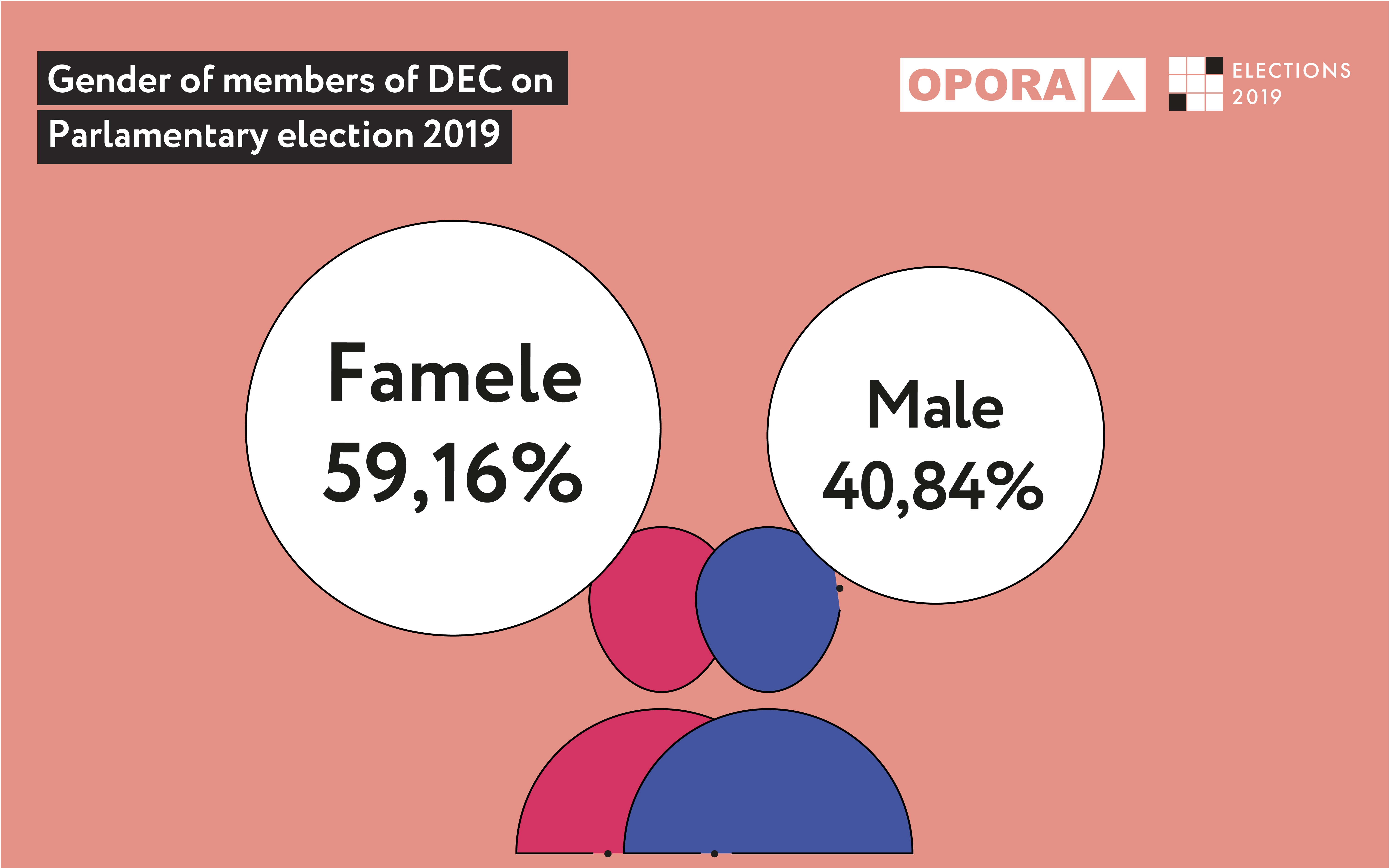
DEC members by age 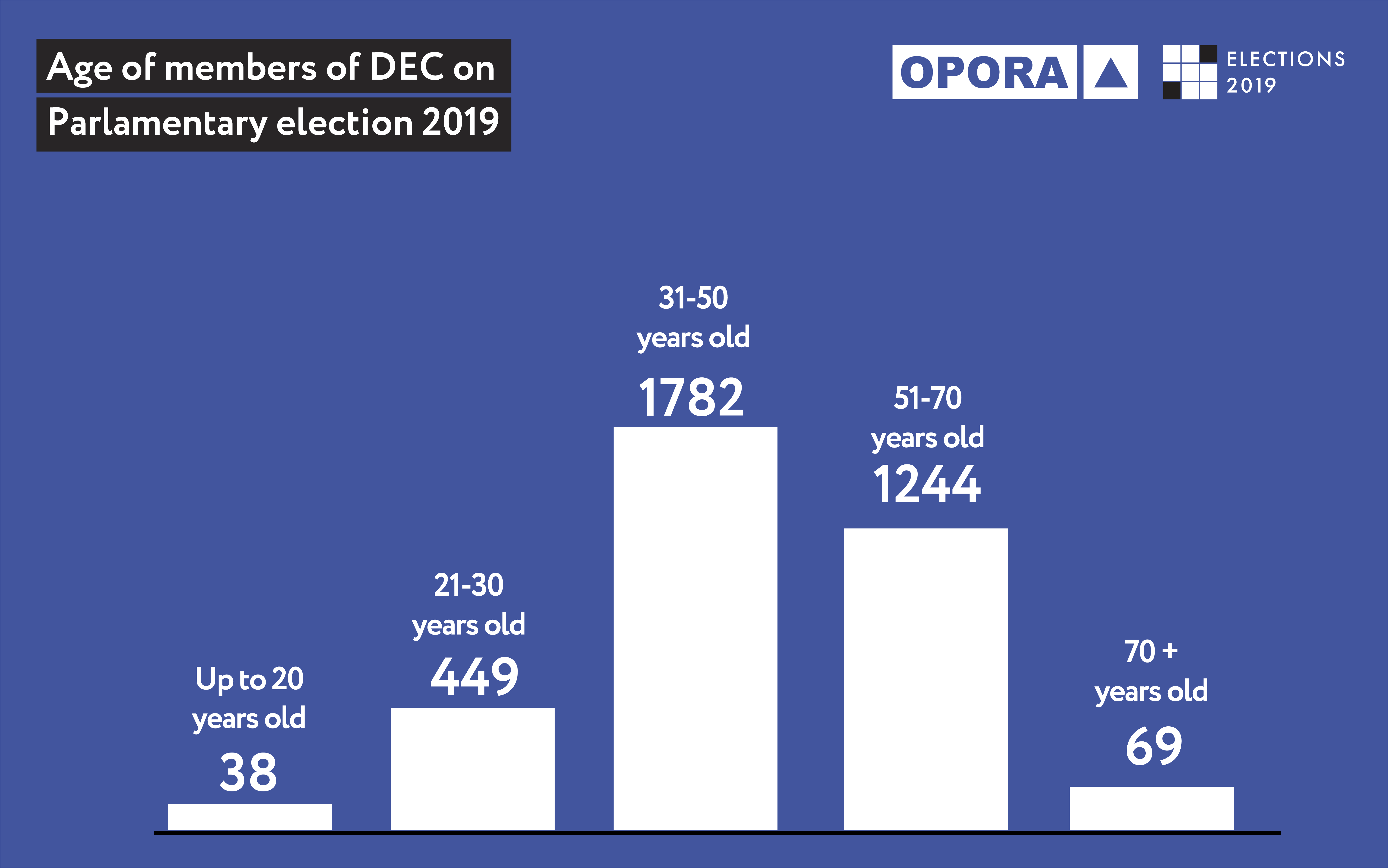
Questions:
- How did open data contribute to free and fair elections in this particular case?
- How did open data help monitor and analyze elections?
- Is data on commission members available in OD format in your country?
Case 4
(“Technical” candidates)
Electoral political technologies remain unchanged over many electoral cycles. In particular, the use of the technology of participation in the election races of candidates or “doppelgänger” organizations has a long but repeated history not only in Ukraine. The problem is that election or related legislation does not explicitly classify such cases as violations. The law does not establish special restrictions on the participation in elections of citizens with similar personal data or biographical information. Moreover, the Central Election Commission is not authorized to verify the truthfulness and correctness of the information submitted by the candidate regarding the place of work (or public activity) or party affiliation. It is also not a violation to have in the documents any coincidences in the names of the organizations to which the MP candidates belong to or work. However, such actions may be classified as criminal offenses qualified as obstruction of the right to vote (Part 1 of Article 157 of the Criminal Code of Ukraine). But in practice it does not result in any verdicts.
The unprecedented scale of the use of “doppelgangers” technology in the extraordinary parliamentary elections of 2019 in Ukraine indicates the urgent need to develop legal and administrative decisions so that citizens have the opportunity to make a free choice in the conditions of an informed position. Based on the analysis of the list of all registered candidates in single-mandate constituencies, OPORA revealed that 93 of them indicated in their biosthat they belong to organizations whose names duplicate the names of the political parties of the subjects of the election process (from which these candidates are not running for office). Also, in 24 single-mandate constituencies, candidates with completely identical names, last names, or even patronymics are running.
Data about the candidates was published in HTML tables. More info
Ballot with candidates-mimics 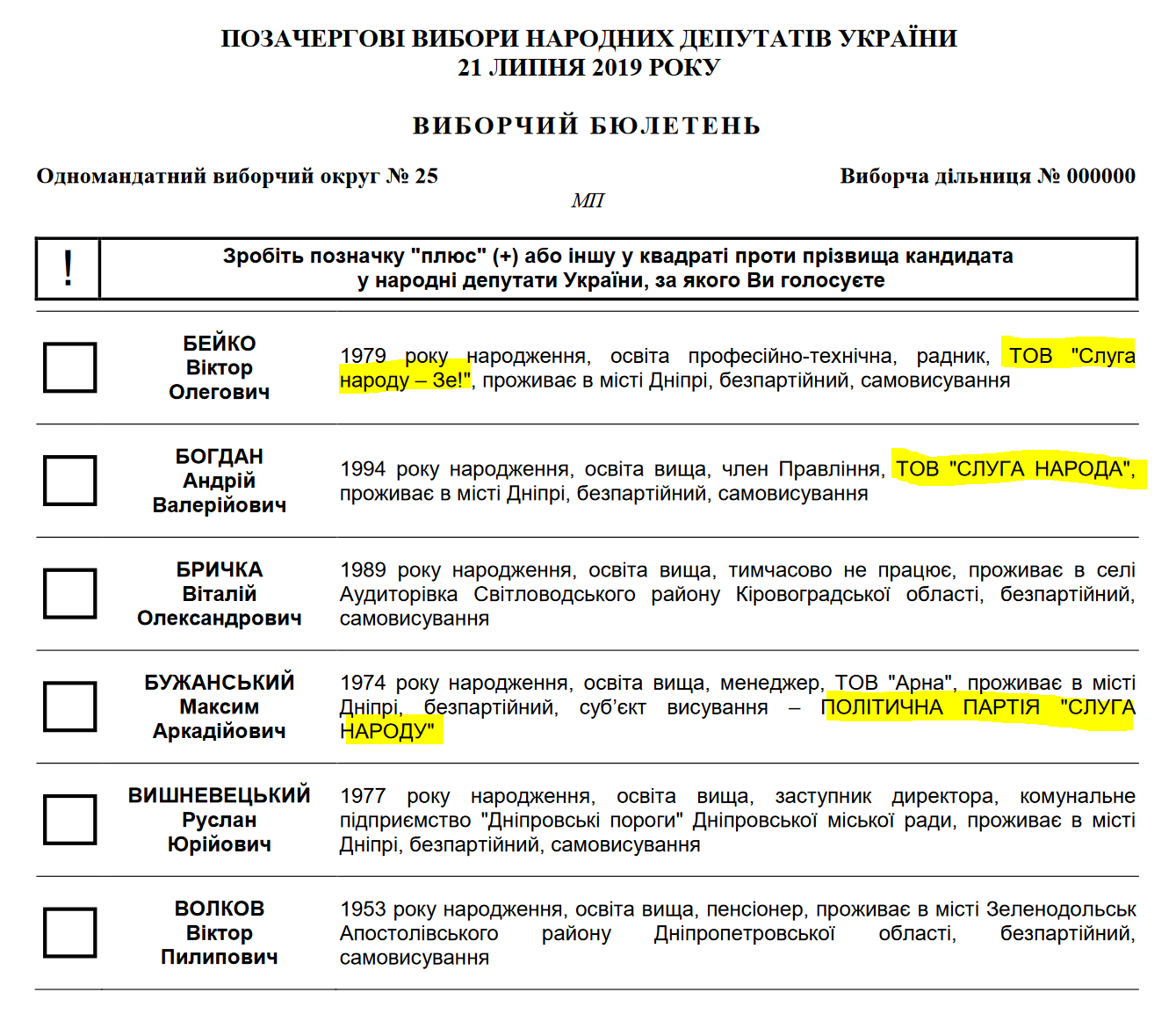
Regional distribution of mimics 
Questions:
- How did open data contribute to free and fair elections in this particular case?
- How did open data help monitor and analyze elections?
- Is data on candidates available in OD format in your country?
